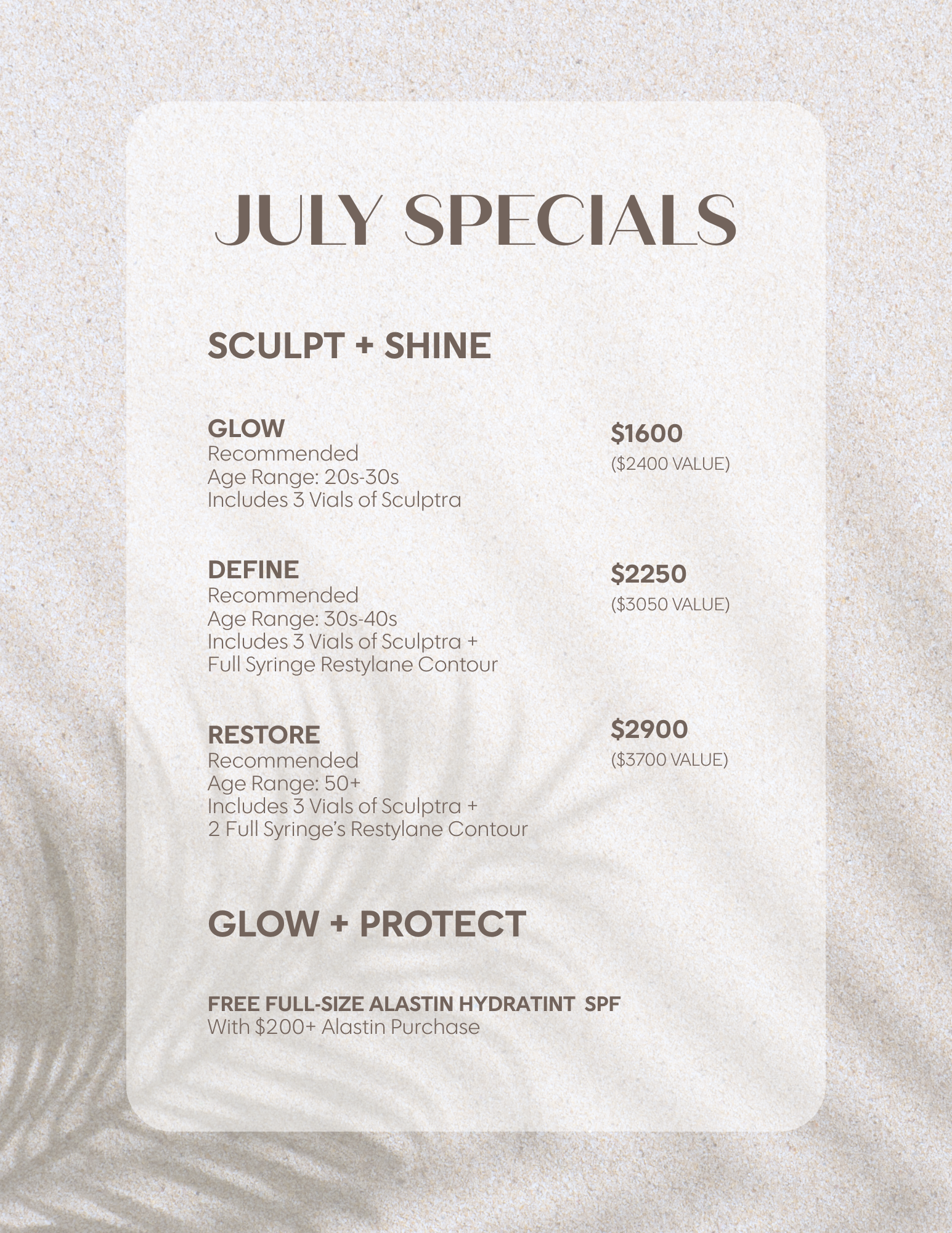Plastic surgery ideals for post-op patient results have historically been Western, Caucasian-like features. In plastic surgery studies and literature, they marked one look as the ideal standard of beauty in society. By ignoring unique ethnic aesthetic, post-op results often show that surgery erases the patient’s identity instead of improving it.
Our world-renowned surgeon, Dr.Cohen, and fellow surgeon Dr.Saad recognized this problem in the industry and did something about it.
The Study: Defining the Ideal Nose for Each Culture
Dr.Cohen and Dr.Saad conducted a study updating beauty standards in plastic surgery literature to make it inclusive. They wanted to show the paradigm of beauty in aesthetics recognizes cultural differences. The first thing to fix–ideal rhinoplasty results. The doctors set out to identify the idealized standard of noses in 7 different countries across the globe.
The Differences
Through Photoshop, they took examples of ideally beautiful women in each country. These examples were pulled from the Miss Universe and Miss World pageant nominees that represented: Mediterranean, Eastern Europe, Scandinavian, South Western European, West African, Chinese and Japanese groups. By pulling these photo comparisons they measured nasal height differences in various key places on the face.
The Inclusive Conclusion
The results show major differences in each group represented. The result? There is no such thing as the ideal nose for all. Each patient’s rhinoplasty outcome should depend on their unique background as well as their preferences on the shape and size. The goal is to make the patient look like a more beautiful version of who they are and not like one certain standard.
The study concluded:
“Using objective criteria and proportions of beauty to plan
and execute rhinoplasty in different ethnicities can help the
surgeon plan and deliver results that are in harmony with
patients’ individual background and facial anatomy.”
Dr.Cohen knows the importance of change making. His patients come from all over the world and feel confident they are in the best possible care because of his progressive way of thinking.



